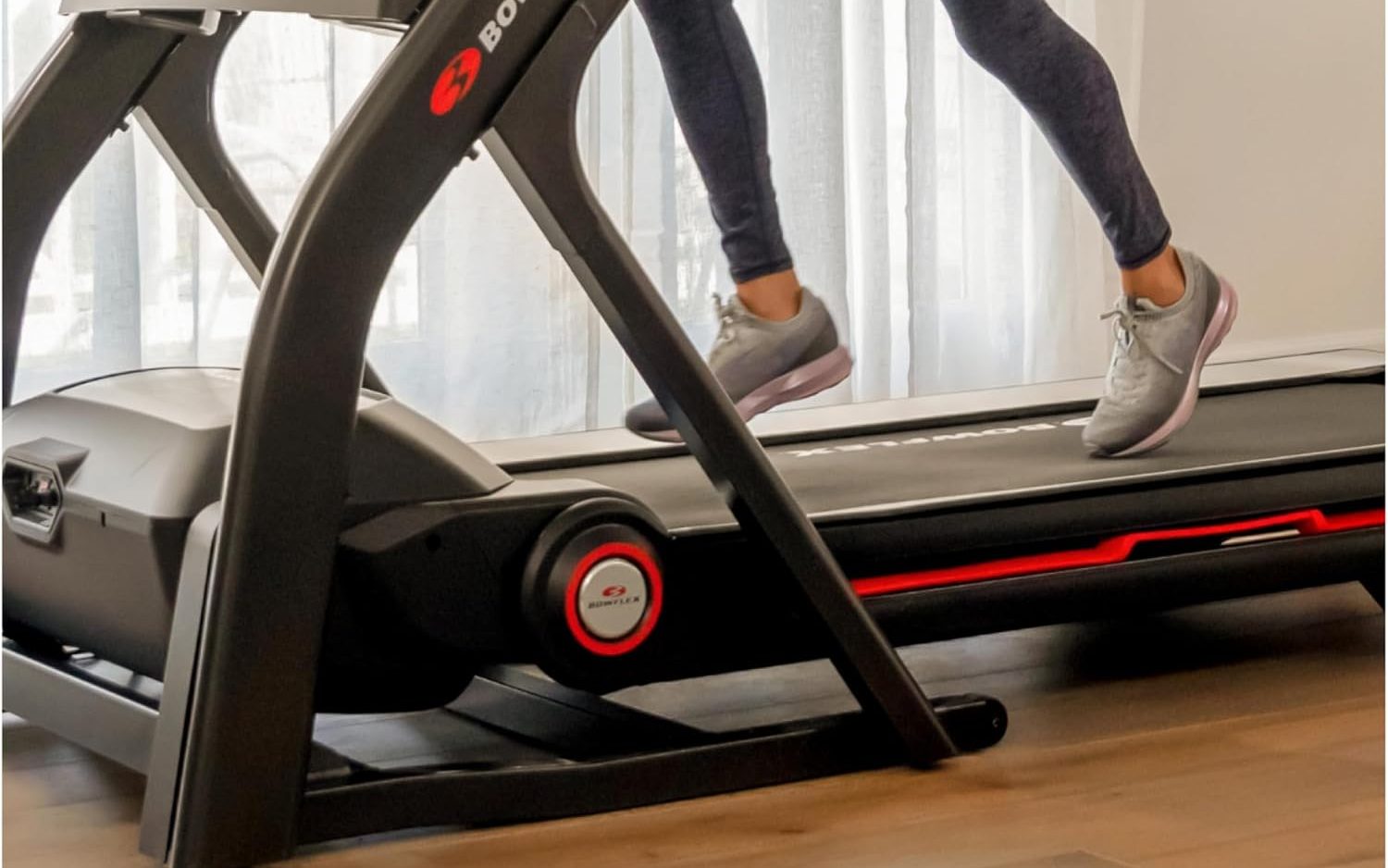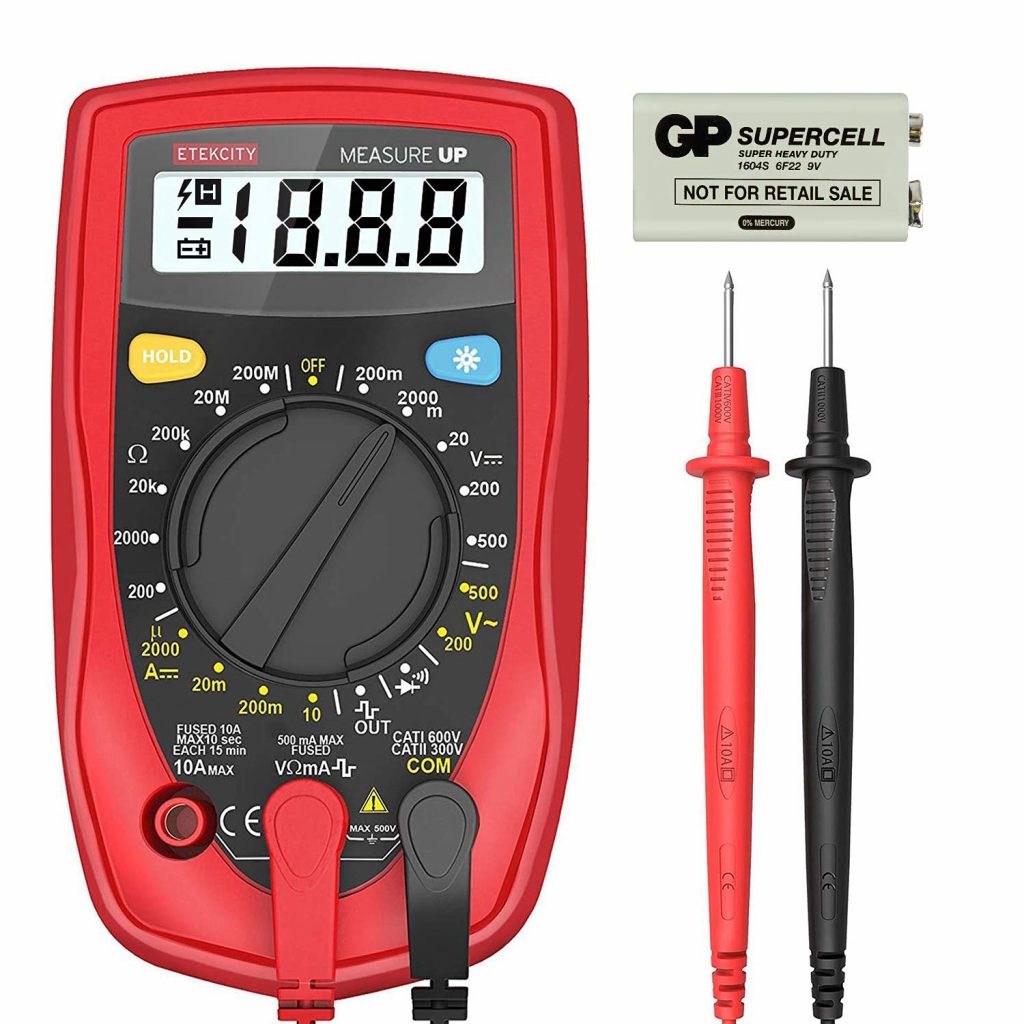Mid-stride, the heartbeat of my treadmill, stopped beating rhythmically. My pulse rate mirrored the static display as panic surged. But hold on, a little whir! Like a puppy with a fresh lease of life, the motor coughed itself back to life. The lesson is that one needs to know what can go wrong with motor and how to identify it.
The powerful treadmill is our unsung hero in the fight against couch potato syndrome. It helps us get in shape, lose weight, and maybe even find our inner Olympian (without the real gold medals, of course). But what happens if this reliable horse has a temper tantrum? When the silent workhorse, the motor, decides it’s time to end the show?
Friend of fitness, fear not! Let’s decipher the mystery of motor meltdowns and identify the cause before you desert the ship (or, more precisely, the treadmill belt). We’ll provide you with Sherlock Holmes-caliber investigation abilities so you can quickly pinpoint the issue.
So how can you tell if the engine on your treadmill has malfunctioned? This helpful manual will serve as your compass as it walks you through the warning indications of a failing treadmill motor. Before we get started, let me just say that treadmills have wear and tear on its parts, just like any other equipment. Maintaining your equipment regularly is essential to keeping it in good condition and preventing unplanned malfunctions.
Let us return to the instance of the irritable motor! Even the most dependable treadmill engine may ultimately begin to exhibit symptoms of wear and tear from frequent use. However, be calm! The goal is to identify these early warning indicators before the system as a whole collapses.
Aiming to become a whisperer on the treadmill? Fasten your seatbelt, and let’s unravel the mysterious language of motor malfunction! Your search results are only a few scrolling away.
Check the Functionality of Treadmill Motor
You must grasp how your motor is meant to operate precisely in order to determine whether it has failed. When your motor is functioning properly, it doesn’t produce noise, the belt moves easily, and there are no odour or heat issues.
You can also consult the owner’s manual for more in-depth details on this.
Prior to drawing any judgments, let’s examine how a sound treadmill motor sounds. The belt glides easily at the pace you select as it functions smoothly. Consider quiet, effective power. There is no excessive noise, and the temperature remains cool.You can also consult the owner’s manual for more in-depth details on this.
Now, if things start to go wrong, here’s how to spot a tantrum your motor is having:
Burning Smell
A burning smell on your treadmill is similar to a fire alarm. Even if there could be a wiring problem, be cautious! As soon as possible, unplug the equipment and thoroughly check the motor. The accumulation of dust, dirt, or even moisture can cause overheating and the characteristic burned smell. After everything is clean, run a test.
Overheating Alert
Your motor is clearly having trouble if your platform all of a sudden turns into a little fire. This may be the result of overused muscles or, once more, cunning inside adversaries like dust bunnies. Get your treadmill serviced to cool things down before the engine melts out and don’t ignore the heat wave.
Belt Inefficiency
Do you recall how the belt used to fly through the air like a bird? Should it now seem lethargic or finds it difficult to maintain your speed, your engine may be losing its spark. After months of dependable service, this inefficiency can indicate wear and tear and calls for an expert examination.

After a few months of operation, a treadmill motor may lose efficiency. You need to have this fixed as soon as you become aware of the issue.
Hand Tools for the Treadmill Investigator:
As amateur detectives, let’s examine the possible motor fault scenario before dispatching the repair troops. These are your convenient sleuthing tools:
- Visual Inspection: Do you recall the detective flicks when the protagonist opens the safe? Think about doing the same with the hood of your treadmill (safely, of course, according to the instructions!). Look inside to find the typical suspects: burned-out parts, loose wiring, and dust bunnies building a metropolis the size of a city. While it might not identify the offender, this initial scan is an excellent beginning to start looking for hints.
- The Mission of the Multimeter (Designed for the Electrician): Do you have a MacGyver vibe? Take out your reliable multimeter (if you own one and are experienced using it) and set out to check voltage readings and look for any odd electrical anomalies. Always put safety first! Before things get out of control, obtain expert assistance if you’re not comfortable with the world of cables.
- The Manual Masterclass: Never undervalue the information contained in your treadmill’s owner’s manual. It resembles a covert decoder ring for typical motor problems. It may include error code explanations, troubleshooting advice, and even direct you toward possible fixes. Consider it your go-to source for insider information before requesting more help with repairs.

In case you find significant issues such as burned components or strange wiring, contact the experts in repair. They have the equipment and expertise necessary to replace your treadmill’s motor and restore smooth operation.
However, if it’s simply a dust bunny party or a loose screw, you might be able to take care of it yourself. Just keep in mind that safety comes first! Make an expert call instead of taking a chance with a zap if you’re unsure.
Thus, with a little research and a large dose of caution, you may get your treadmill working again and resume your fitness adventure!
The Repair Roadmap: DIY Fixes vs. Pro Intervention
Having identified the possible issue, it’s time to choose a path of action. Small problems like as loose connections, dirty parts, or basic belt adjustments may be doable by yourself. But always remember, safety comes first! See a competent repair professional if you’re not comfortable making changes to electrical components on your own. This is an explanation:
DIY Options:
- Cleaning and lubrication: Dust and dirt from the motor compartment and other important locations should be removed from your treadmill during a thorough cleaning. According to the manufacturer’s recommendations, lubricate moving components.
- Belt adjustments: To ensure correct belt tensioning techniques, refer to your handbook. Performance and motor strain may be impacted by a belt that is a little too tight or loose.
- Simple troubleshooting techniques: Examine any frayed wires, loose connections, or blown fuses. If needed, swap out small parts like lightbulbs or switches.
Expert Assistance:
- Electrical problems: A trained expert should address any issue involving wiring, capacitors, or other electrical components. Take no chance on electrocution!
- Significant auto repairs: It takes specialist equipment and knowledge to fix internal motor damage, replace brushes, and fix windings. Let the experts handle these sensitive jobs.
- Thorough diagnoses: A professional can conduct a comprehensive diagnostic and suggest the best course of action if you’re not sure what the issue is or are reluctant to tackle it yourself.
Final Verdict
The greatest medicine is prevention, especially when it comes to treadmills! Regular maintenance for your treadmill and equipment should include belt adjustments, lubrication, and thorough cleaning. With this TLC, the motor will last longer and run more smoothly, giving you happier workouts!
Now that you have our investigator kit, you know how to identify a cranky motor. Don’t disregard any of those warning indicators if you observe any! Early intervention may save you from having to replace the entire treadmill due to a single cranky component.
Friends, bear in mind that you may unravel the riddles surrounding your treadmill motor and maintain its purring like a happy cat with a little detective work and these helpful hints. Now go out there and smash those workout, and never forget that maintaining your fitness partner in peak condition just requires a little knowledge!
We hope you now have all the information necessary to make wise choices. Please leave a comment below if you have any further fitness advice. Together, let’s keep the information coming!




